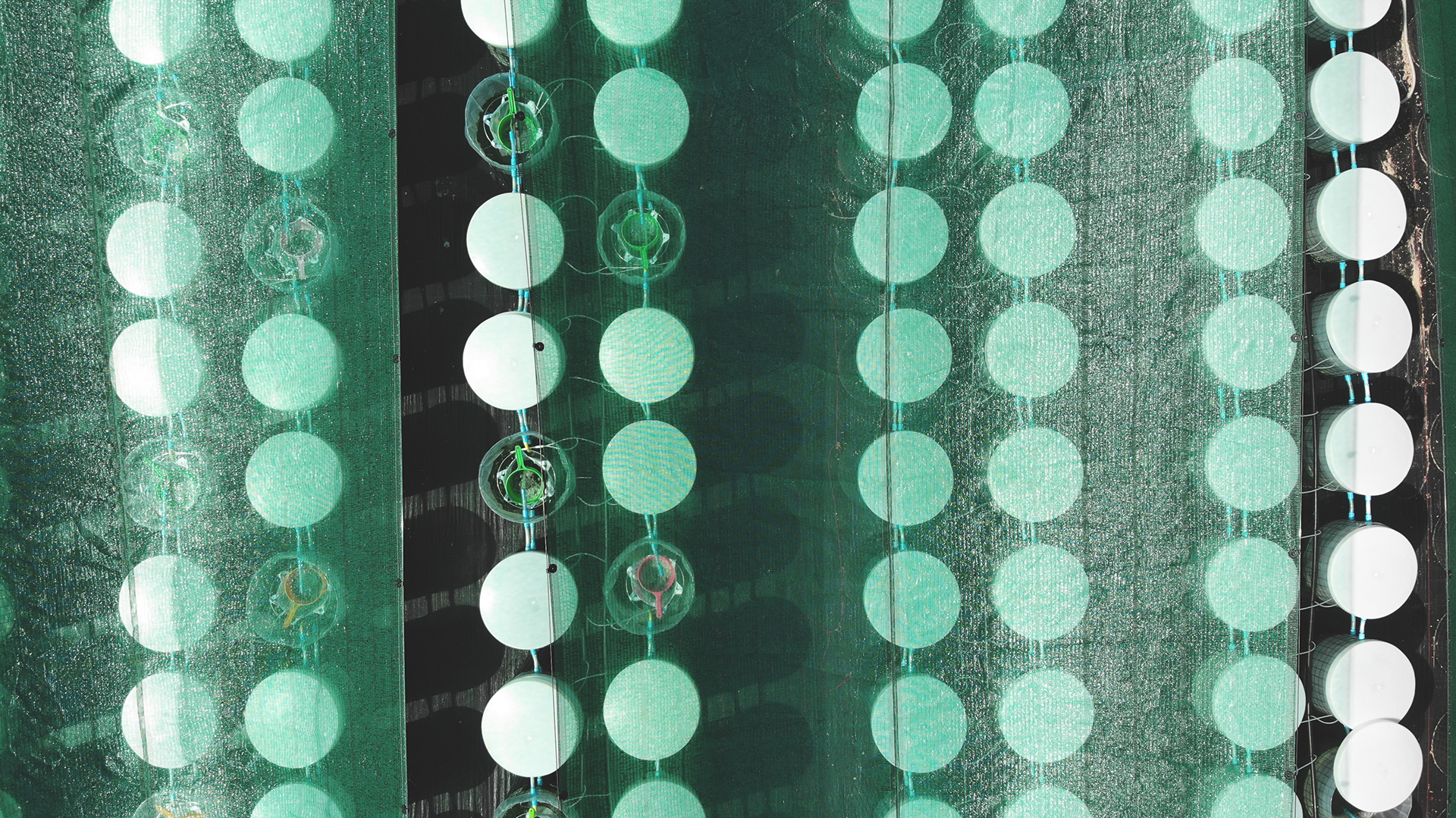
Raw Food
A raw food diet shares much with a vegan diet, being based primarily on plants, nuts, vegetables and seeds. To be considered as raw and retain the benefits, a food must not have heated to a temperature in excess of 104–118°F (40–48°C).

Living Food
Refraining from heating foods, doesn’t just make them raw – they are alive. Packed full of active enzymes, living food includes Spirulina and chlorella as well as fresh juices

Water
Water is essential to the structure of enzymes, enabling them to properly function to their maximum capacity. Food with a high water content is extremely beneficial.

Beyond Superfood
Spirulina goes beyond what is considered as a superfood, offering benefits that exceed simple nutrition and helping to combat disease.
ROYAL SPIRULINA
Learn why you should consume this food. Spirulina documentary.
Spirulina was once classified as a plant because of “its richness in plant pigments as well as its ability of photosynthesis,” according to a study published in the journal Cardiovascular Therapeutics. New understanding of its genetics, physiology and biochemical properties caused scientists to move it to the Bacteria kingdom and the Cyanobacteria phylum.

Amino Acids
Amino acids are often described as the building blocks of the body, and vital for many functions including absorbing other nutrients, repairing tissue and protein synthesis. All of the amino acids must be obtained through the diet. Spirulina contains all nine amino acids, making up almost half of the protein weight within it.

Antioxidants
Oxidants have the ability to damage cells by producing free radicals. Antioxidants help to combat this by preventing the chemical chain reaction from taking place. Plants help to keep oxidation in check via a system of overlapping antioxidants which includes enzymes (such as superoxide dismutase and catalase) and glutathione. Spirulina contains powerful antioxidants which allows the individual consuming it to receive the full benefit.

Enzymes
All food has the potential to be a toxin until it is transformed via enzymes into a structure that can be safely metabolized by the body. None of the nutrients you consume are bioavailable without the interaction from enzymes. Spirulina is packed full of enzymes and unlike many other foods, is thermophilic which means it can withstand reasonable levels of heat while retaining its properties. The level of live enzymes within Spirulina is so high that even after its been dried, it can start growing once more in the right conditions.

Omega Fatty
Essential fatty acids (EFA) can be found in abundance in Spirulina, containing 7% lipids when measured by volume. Included in this is gamma linolenic acid (GLA), an essential component which is also found in mother’s milk and protects babies against illness and disease. Aside from mother’s milk, Spirulina is the highest natural source of GLA. It’s particularly beneficial to anyone who is malnourished or recuperating from disease as it helps protect the body.

Phytonutrients
Phytonutrients are natural compounds which deliver a range of potent health benefits. Spirulina has many phytonutrients including chlorophylls, sulfolipids, polysaccharides and glycolipids. These phytonutrients have beneficial antioxidant properties and help to protect cellular health by guarding against damage from free radicals. Spirulina also contains copper, chromium, iron, calcium and magnesium.

Vitamins
Spirulina gives as more calcium than milk, 15 times more vitamin A than carrots, 3 times the iron of sirloin steak, 2.5 times the vitamin B-12 of calves’ liver, 3.7 times more potassium than rice. Being high in antioxidants such as Vitamin E, and ferrodoxin, spirulina will store safely for years if kept frozen and water tight.. Cooking destroys many amino acids, vitamins and most enzymes. Spirulina is uncooked,
“LET FOOD BE THY MEDICINE AND MEDICINE BE THY FOOD”
HIPPOCRATES

Health benefits
Spirulina is primarily a blue protein called phycocyanin – light-harvesting pigments that capture the red, yellow and blue spectrum of the sun – found nowhere else on the planet except in blue-green algae.
SPIRULINA FOR ATHLETES
Spirulina has been shown to increase an athlete’s energy, endurance, speed and mental agility. This is why spirulina for athletes is so efficient! During intensive training, athletes can experience non-anemic iron deficit, with clinical symptoms such as exhaustion and muscle fatigue.
how to use spirulina
The frozen cubes should thaw within 5 minutes in water. The cube may not totally break up due to the high density of our Spirulina. You can also add it to a glass of water the night before and keep in the refrigerator. It should be ready to consume in the am.











